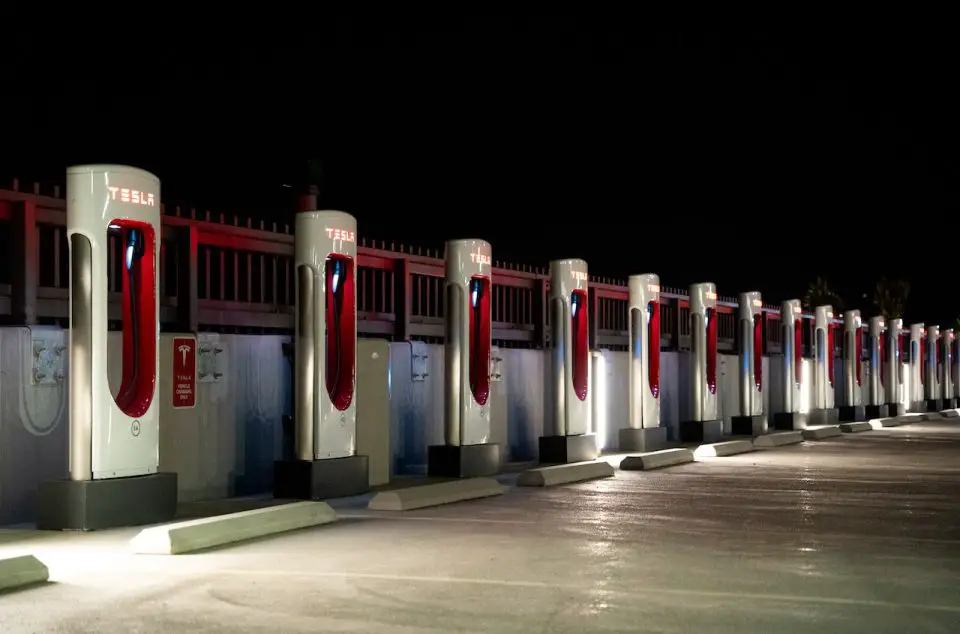Fisker Inc. (FSR), the prominent electrified vehicle (EV) manufacturer, has revealed its plans to become part of the Tesla (TSLA) Supercharger network, with integration scheduled for the first quarter of 2025. The move signifies another significant stride in the EV industry’s efforts to enhance charging infrastructure and accessibility across North America.
Various EV manufacturers have been actively enlisting in Tesla’s North American Charging Standard (NACS) inlet plug program to gain direct access to the renowned Supercharger network. The majority of these alliances were solidified during the course of 2024. However, Fisker has chosen a slightly longer timeline, aiming to accomplish integration by early 2025.
To facilitate this integration process, Fisker vehicle owners will be equipped with a specially designed adapter that will enable them to utilize the Combined Charging System (CCS) plug, which is currently supported by their EV models. This adaptation will grant them access to the Tesla Supercharger network until Fisker successfully incorporates the NACS plug into their future EV engineering.
The inclusion of Fisker in the coveted Tesla Supercharger network stands as a substantial triumph for the company, particularly considering the challenges it has encountered in the recent past. Amidst a tumultuous year, Fisker’s CEO, Henrik Fisker, provided insight into the company’s forthcoming portfolio of EVs, which encompasses an impressive lineup including the high-performance Ronin supercar, the versatile PEAR crossover, the rugged Alaska pickup, and the Fisker Ocean featuring the Force E off-road package.
A highlight of this product array is the budget-friendly $30,000 PEAR crossover EV, which Fisker intends to have manufactured under contract by Taiwan’s manufacturing giant, Foxconn. While the finer details of this collaboration are still being finalized, it represents a strategic move by Fisker to leverage the expertise and capabilities of a renowned global manufacturing partner.
Previously, Fisker had announced ambitious production targets, with plans to manufacture between 20,000 and 23,000 Ocean EVs in 2021 at the Magna Steyr facility located in Austria. These figures were a scaled-down revision from the initially envisaged production range of 30,000 to 36,000 units. This production trajectory showcased the company’s commitment to sustainability and environmentally conscious transportation solutions.
Joining the ranks of a burgeoning list of automakers forging alliances with Tesla’s Supercharger network, Fisker has now set its sights on the upcoming year for the rollout of the adapter, and 2025 for the integration of the direct NACS inlet plug into its vehicle engineering.
As the electric vehicle sector continues to evolve, collaborations such as these not only advance charging infrastructure capabilities but also bolster the collective efforts towards a more sustainable and eco-friendly automotive future.
Source: Yahoo Finance

